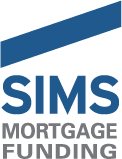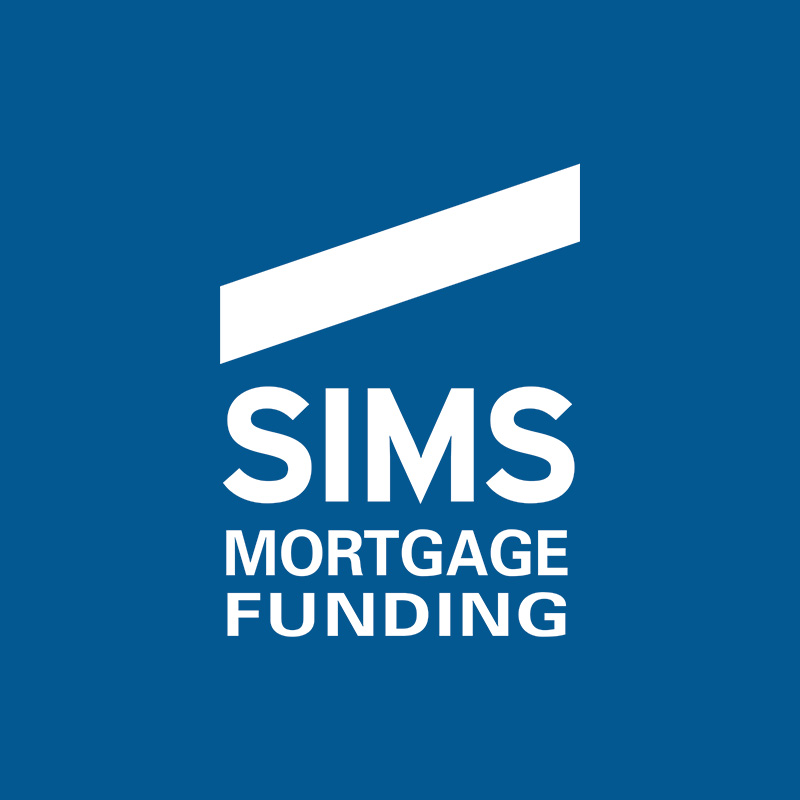The HUD LEAN Section 232 mortgage insurance program for skilled nursing and assisted living/memory care facilities had a strong performance in Fiscal Year 2019, which ended on September 30. They issued $4.154 billion in mortgage insurance commitments for 314 projects and closed $3.733 billion in insured loans for 288 projects. The “gap” between commitments issued and loans closed reflects the fact that some of the commitments issued towards the end of the 2019 Fiscal Year will close after September 30, during Fiscal Year 2020. Here’s a closer look at the numbers:
- The average LEAN loan size for commitments issued and deals closed increased in 2019. The average loan for mortgage insurance commitments issued in 2018 was $11.769 million, and the average loan size for closed deals was $11.377 million. In 2019, the average loan size for commitments issued increased by 12.4% to $13.228 million, while the average for loans closed increased in 2019 by 14% to $12.961 million.
- Overall, LEAN production in 2019 surpassed 2017 and 2018 levels. The volume of mortgage insurance commitments issued in 2017 and 2018 was relatively constant at $3.742 billion each year; loans closed in 2017 and 2018 totaled $3.405 and $3.606 billion respectively. LEAN increased production of mortgage insurance commitments by 10.9% over 2017 and 2018; for loans closed, production in 2019 increased by 9.6% over 2017 and 3.49% over 2018.
- The quality of skilled nursing facilities in HUD’s portfolio continues to improve as measured by CMS “Star” ratings. Facilities that obtained mortgage insurance commitments in 2017 had an average of 3 stars; by 2018 the average was 3.3 and for 2019 it was up to 3.5 stars. That LEAN is attracting higher-rated nursing homes into its portfolio is a sign of the attractiveness of HUD-insured financing to quality owners and operators.
- The Section 232/223(f) program continues to dominate: in 2019, 95% of LEAN mortgage insurance commitments and 92% of loans closed were for the refinancing (and acquisition) of existing nursing and assisted living/memory care facilities. This has been a consistent trend with LEAN – in 2018, 91% of the commitments it issued and 92% of loans closed were under the Section 232/223(f) program. HUD’s heavy emphasis on insuring loans for existing, operational properties reflects the success of “bridge-to-HUD” lending programs.
- Loans for capital projects continue to represent a small component of LEAN activity. In 2019, mortgage insurance commitments for new construction, substantial rehabilitation and additions/expansions totaled $219 million and represented 5.3% of all LEAN commitment activity. Construction and related deals were only 7.00% of LEAN loans closed in 2019. These percentages are generally consistent with LEAN construction loan activities in 2017 and 2018.
Interest rates for HUD-insured loans remain favorable and their structural features – non-recourse, fixed-rate, 35 – 40 year amortizations and 80% – 85% LTV – continue to remain competitive to conventional financing. Although it’s still early in Fiscal Year 2020, signs point to another good year for the LEAN program.

